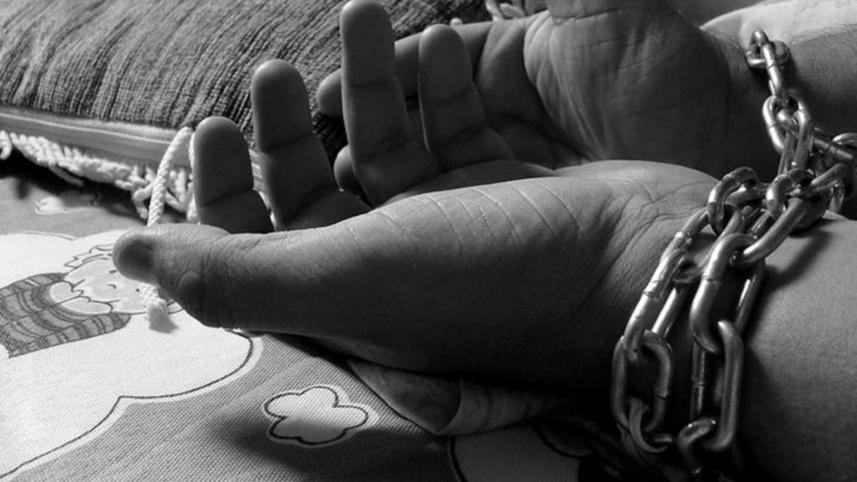Take all steps to rescue trafficked victims

On June 3, this newspaper highlighted the horrific experiences of three trafficked victims who were lured to India under false promises of getting well-paying decent jobs. In reality, they were tricked by members of a sex trafficking gang, sexually abused, and forced into prostitution. Every year, thousands of women and girls are trafficked from Bangladesh to India and other countries. As this newspaper again reported on Tuesday, some of the girls trafficked to India and forced into prostitution by a transnational racket—some of whose members have recently been apprehended—are still stranded in India, while a few, including a minor, are yet to be traced.
According to the report, at least 10 girls, mostly TikTok users, were trafficked by the racket recently. Of them, six victims, including a minor, are still stranded or untraceable in India. Now, a police team wants to visit India to rescue them and bring them back to Bangladesh, while interrogating those arrested in connection with the trafficking. Till now, the Indian police have arrested 12 members of the racket—11 of them Bangladeshis. And Bangladeshi law enforcers have arrested 20. Police said the gang members targeted female TikTok users and trafficked them in the name of providing well-paid jobs there at shopping malls and beauty parlours.
Major progress in busting this gang of traffickers only began after a video clip of a 22-year-old woman being tortured and sexually assaulted went viral on social media. This shows that the law enforcers of both countries were always a step behind the traffickers. However, following the recent arrests, the Bangladeshi law enforcers have managed to gather crucial information on this trafficking ring. And interrogating those in custody on the Indian side of the border might provide key information that could help in the rescue of the missing girls. Another matter that the law enforcers should follow up on is the identity of those providing the trafficked girls with new names and Adhar cards once they cross over to the other side of the border. Is any insider on either side of the border helping trafficking gangs commit these crimes? That is also worth investigating.
We wholeheartedly support any action by the law enforcers that could lead to the rescue of the missing girls. And we hope and trust that the Indian authorities will provide their full support to that end. As this case clearly illustrates, human trafficking by transnational gangs, due to its very nature, can only be stopped through transnational efforts on the parts of the authorities. In that regard, not only must our law enforcers become more competent at opposing human trafficking, through raising awareness and enhancing vigilance, but they must also step up coordination with other law enforcing agencies to effectively stop trafficking from Bangladesh.



 For all latest news, follow The Daily Star's Google News channel.
For all latest news, follow The Daily Star's Google News channel.
Comments